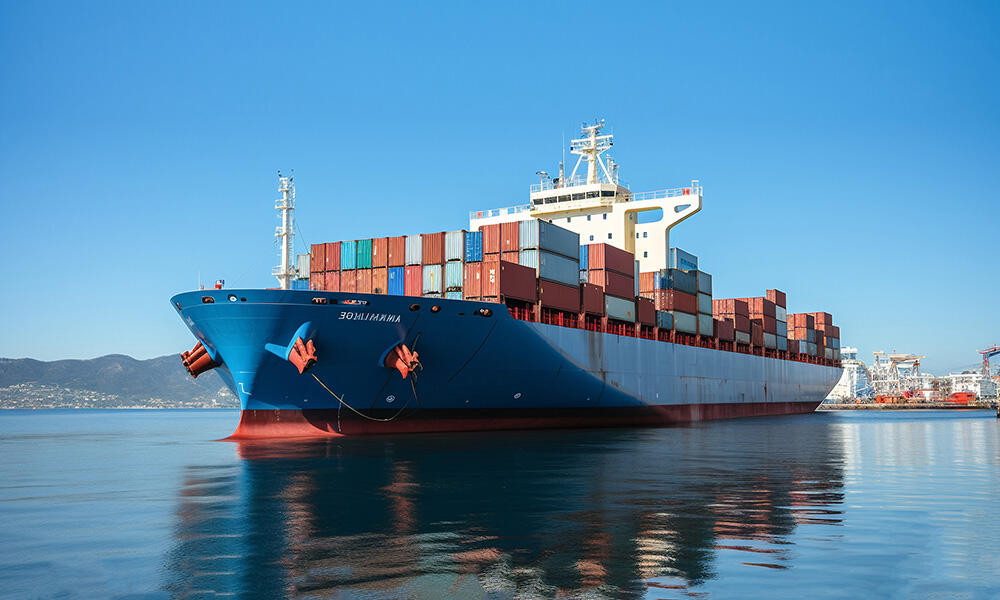Understanding NMFC Standards for LTL
The National Motor Freight Classification (NMFC) system sets LTL freight shipping standards by classifying goods based on density, stowability, handling, and liability. This system was created by the National Motor Freight Traffic Association (NMFTA) and established so that all transportation companies can compare themselves across the industry. Job costing avoids billing disputes and work stoppages when a shipment can't be billed, in addition to helps to keep prices consistent with the costs.
Density-Based LTL Class Changes Since 2022
Since 2022, NMFC updates have prioritized density (pounds per cubic foot) as the primary classification factor, reflecting carriers' focus on space utilization. This shift eliminates subjective handling assessments, reducing billing discrepancies and improving operational efficiency. Shippers benefit from more predictable pricing, while carriers optimize trailer capacity through measurable criteria.
How Class Impacts LTL Pricing Structures
Freight class directly determines LTL rates through an inverse density-to-cost relationship:
High-class items (250–500) incur 200–400% higher costs due to inefficient space usage. Additional fees like fuel surcharges and accessorial charges further underscore the importance of accurate class assignments.
Packaging Requirements for LTL Freight
Durable packaging is critical for preventing damage during multi-stop LTL transit. Follow NMFTA's 2023 Minimum Packaging Requirements for load-securing protocols. Key practices include:
- Double-walled boxes with cushioning for fragile items
- Evenly distributed pallet weight to prevent stacking failures
- Edge protectors for irregularly shaped freight
Documentation Essentials for LTL Shipping
Complete paperwork prevents delays:
- Bill of Lading (BOL): Primary contract with consignee/freight details
- Hazardous Materials Forms: Required for regulated goods
-
Customs Documents: Commercial invoices/certificates of origin for international shipments
Missing documentation can delay shipments by 36+ hours.
Avoiding Common LTL Preparation Mistakes
Top preventable errors include:
- Incorrect Classification: Reclassification fees up to $150 per shipment
- Poor Labeling: Causes misrouting and extended transit times
-
Oversized Packaging: Triggers dimensional weight penalties
Consolidating compatible shipments reduces accessorial fees by 22%.
Booking and Quoting LTL Services
Obtaining Accurate LTL Freight Quotes
Ensure quote precision by providing:
- Exact dimensions and total weight (including pallets)
- Commodity descriptions with photos
- NMFC class and zip codes
Comparing 3+ quotes saves 7–12% on average.
Evaluating Technology-Enabled LTL Providers
Prioritize carriers with:
- Real-time rate comparison tools
- Automated booking and tracking (API-integrated)
- Damage prevention protocols (e.g., load optimization algorithms)
Multi-modal consolidation capabilities improve cost efficiency.
LTL Pickup and Hub Consolidation
Local Pickup Procedures for LTL Shipments
Prepare shipments in advance to minimize dock time:
- Labeled packaging and completed paperwork
- Verified weight/dimensions using calibrated scales
- Consolidated orders to reduce handling costs
Multi-Hub Consolidation Strategies
Regional hubs optimize freight movement by:
- Zone-Skipping: Direct transfers between major hubs
- Dedicated Lanes: High-volume corridor efficiency
- Route Engineering: Balances freight pairing, cutting fuel use by 23%
Cross-Docking Efficiency in LTL Networks
Case Study: A Midwest-Pacific Northwest route consolidated four partial trucks into two, reducing touches by 30% and achieving 22% fuel savings.
LTL In-Transit Handling Challenges
Fragile LTL freight faces 2.5× higher damage risk than full truckloads. Mitigate risks with:
- Impact-Resistant Materials: Edge protectors/airbags for shifting loads
- Load-Locking Systems: Beams/bars for 500+ lb items
- Palletization: Cuts direct handling by 40%
Real-Time LTL Shipment Tracking Systems
Digital dashboards provide:
- Geo-fenced delay alerts
- IoT sensors for temperature/humidity monitoring
- Automated dock schedule adjustments
These tools reduce detention fees by 15% through verified timestamps.
LTL Final Delivery Process
Zone-Skipping for Long-Distance LTL Delivery
Optimize long-haul shipments by:
- Bundling freight for similar destinations
- Bypassing intermediate terminals
- Reducing transit time by 2–3 days with 63% less damage
Appointment-Based Unloading for Final Mile
Digital scheduling aligns deliveries with receiver availability, reducing waiting fees. Automated tools achieve 98% on-time delivery rates.
(Note: Duplicate link to ttnews.com removed; first instance retained.)
FAQ
-
What is LTL freight classification?
LTL (Less Than Truckload) freight classification is a system used to categorize shipped goods based on criteria such as density, stowability, handling, and liability. -
Why is density important in LTL freight classification?
Density is a crucial factor because it influences the space utilization in a carrier's trailer, directly impacting pricing and efficiency. -
How can I ensure accurate LTL freight quotations?
You need to provide exact dimensions, weight, commodity details, and classification codes to obtain precise freight quotes.

